Nvidia’s DGX-Ready certification for colocation facilities has been around for nearly six years, yet what the program actually entails remains obscure.
filters
Explore All Topics
Uptime Intelligence’s predictions for 2025 are revisited and reassessed with the benefit of hindsight.
Colocation and enterprise companies have endured ongoing staffing issues, and accelerated growth in 2026 will strain hiring pools further. Strategies to address worker vacancies vary, but few have been successful.
Giant data centers are being planned and built across the world to support AI, with successful projects forming the backbone of a huge expansion in capacity. But many are also uncertain, indicating risks and persistent headwinds.
Japan is expected to issue data center regulations in 2026: data centers that do not meet a 1.4 PUE limit will face penalties. However, enterprise data centers appear to have evaded the stipulations.
A last-minute revision to the European Commission’s plans to simplify regulations has brought some companies back under the scope for CSRD reporting.
Meeting the stringent technical and commercial standards for UPS energy storage applications takes time and investment — during which Li-ion technology keeps evolving. With Natron gone, will ZincFive be able to take the opportunity?
Not all AI is the same; yet broad marketing claims often blur the line between automation and real intelligence. Understanding which AI types truly pose risks is essential in diminishing operator skepticism and fears of hallucinations.
The updated model projects a doubling of power consumption by the end of 2026, with IT loads serving generative AI workloads breaking through 10 GW of capacity.
Enhanced geothermal systems use advanced drilling and hydrofracturing techniques to access geothermal energy in more locations. Some data centers may use enhanced geothermal energy for on-site, low-carbon power.
The European Commission published the final assessment of the data center label and minimum performance standards (MPS) in October. The final delegated act could require posting a label in 2026 or 2027, with MPS values likely to be 2 years away.
The European Parliament plans to simplify environmental reporting beyond what the Omnibus proposed in early 2025. Under the new reporting thresholds, only the largest 10% of companies would remain subject to CSDDD and CSRD requirements.
A bout of consolidation and investment activity in cooling systems in the past 12 months reflects widespread expectation of a continued spending surge on data center infrastructure.
There is an expectation that AI will be useful in data center operations. For this to happen, software vendors need to deliver new products and use cases - and these are starting to appear more often.
Performant cooling requires a full-system approach to eliminate thermal bottlenecks. Extreme silicon TDPs and highly efficient cooling do not have to be mutually exclusive if the data center and chip vendors work together.
 Max Smolaks
Max Smolaks

 Andy Lawrence
Andy Lawrence
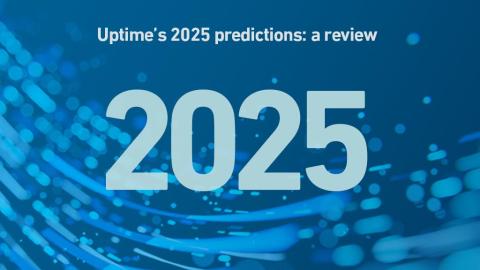
 Rose Weinschenk
Rose Weinschenk
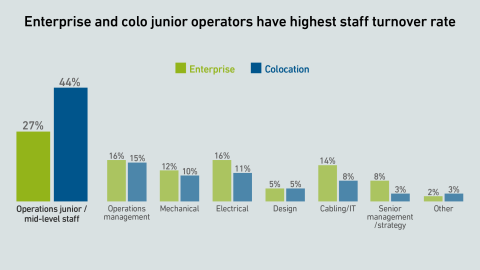
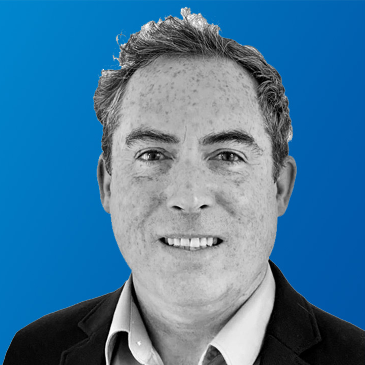 John O'Brien
John O'Brien

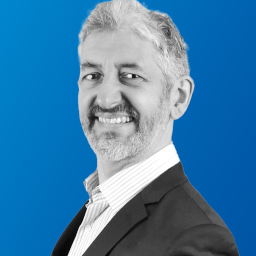 Peter Judge
Peter Judge

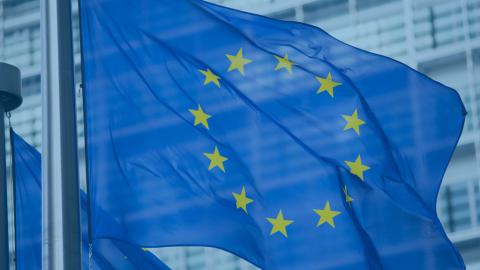
 Daniel Bizo
Daniel Bizo

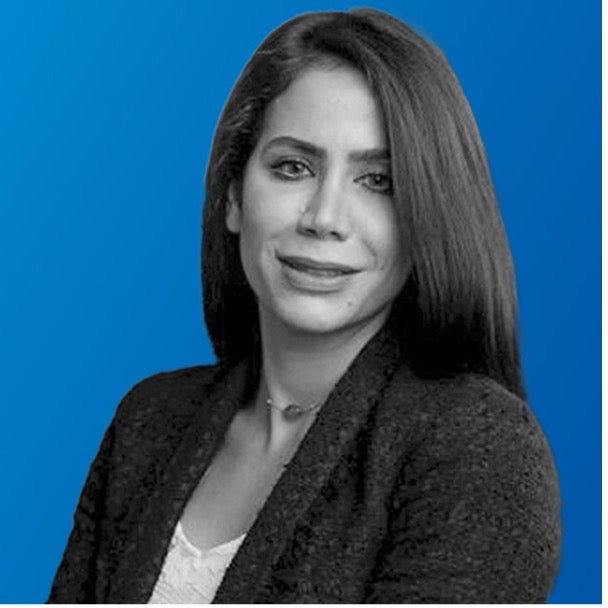 Dr. Rand Talib
Dr. Rand Talib
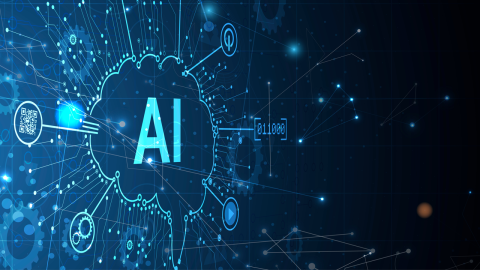
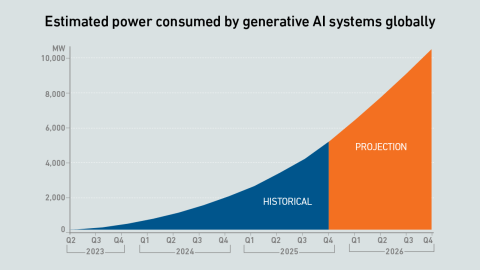

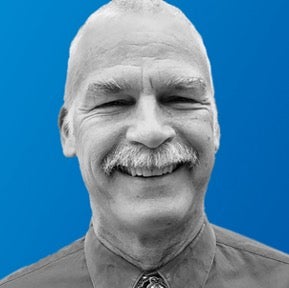 Jay Dietrich
Jay Dietrich




